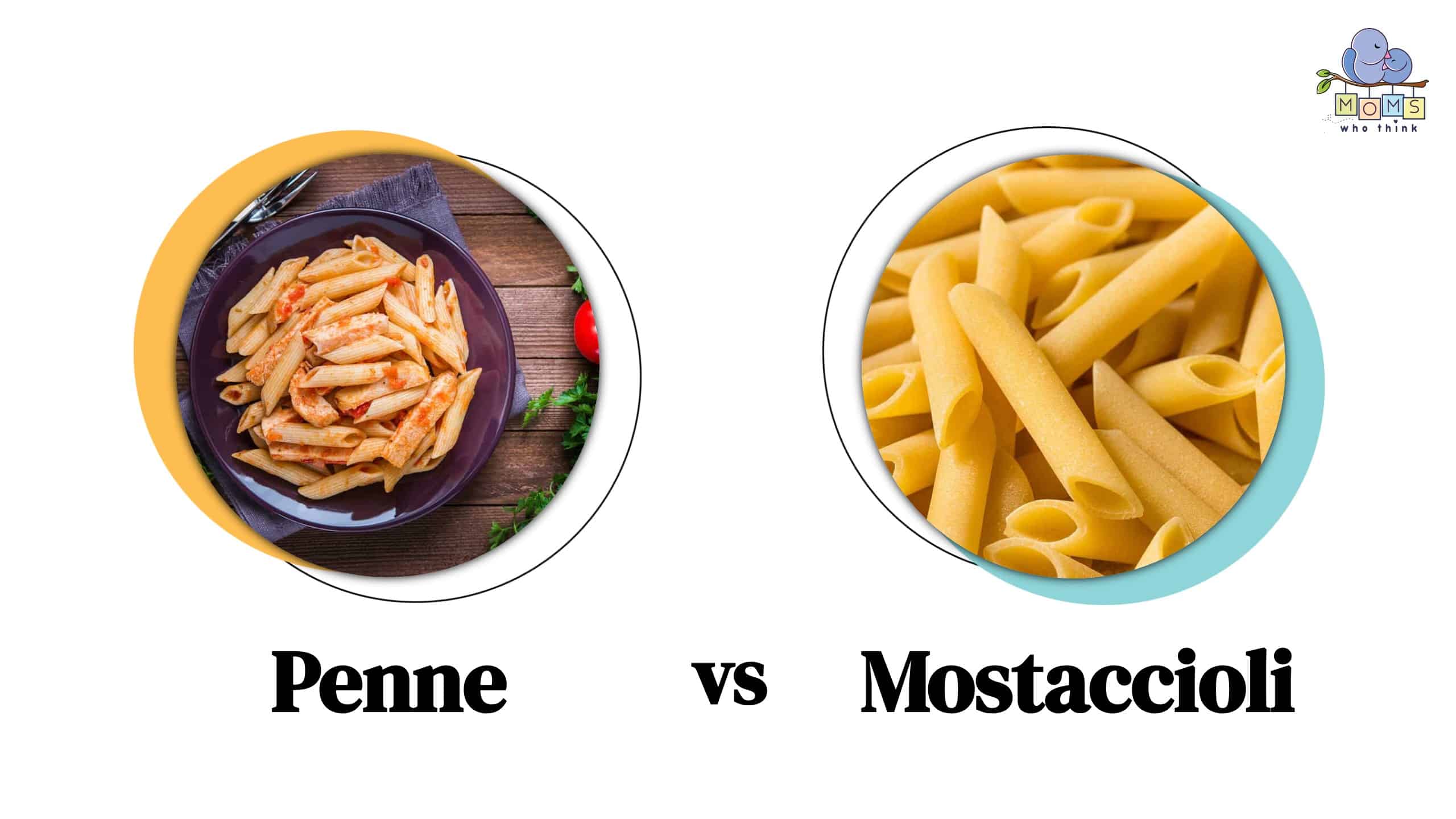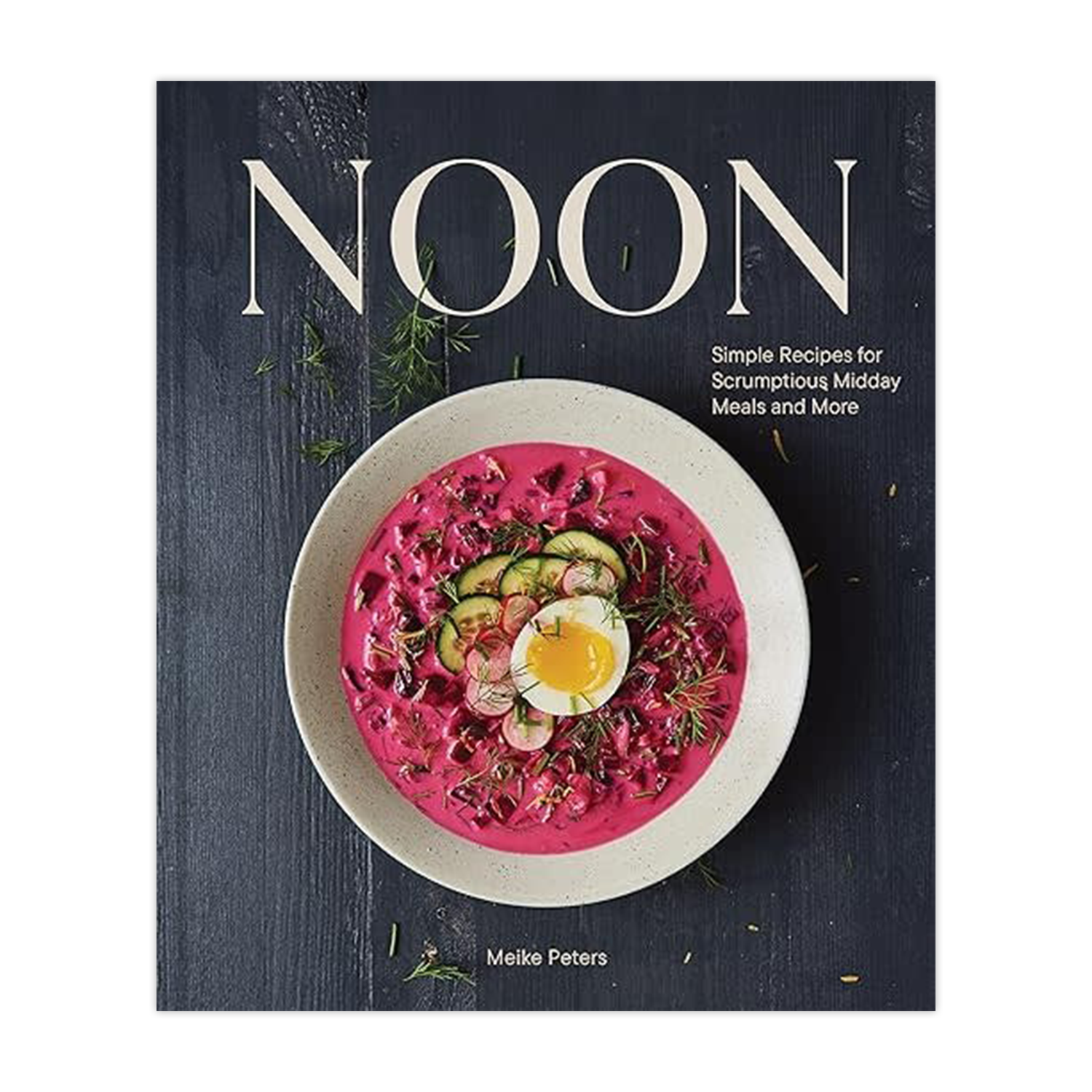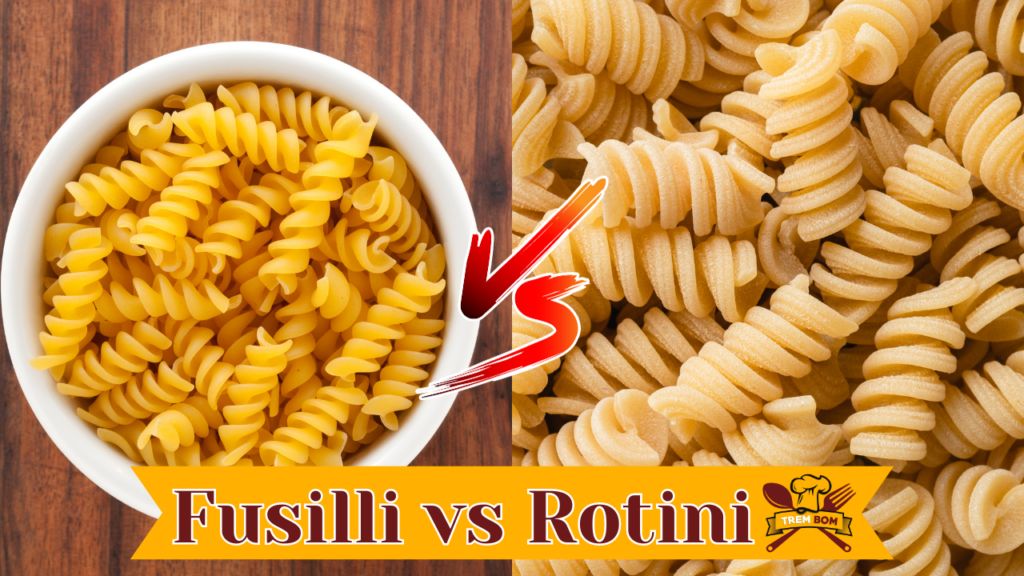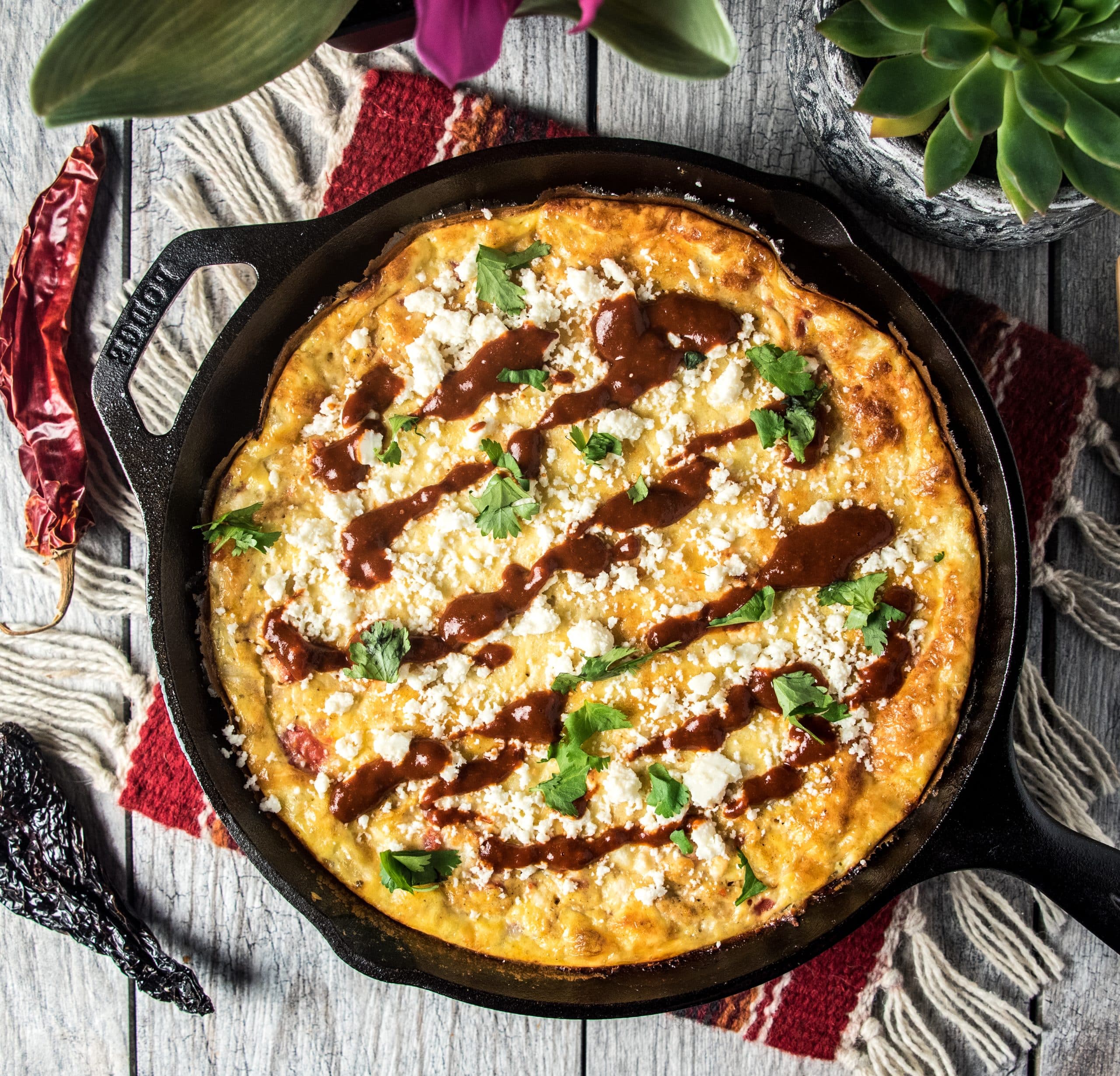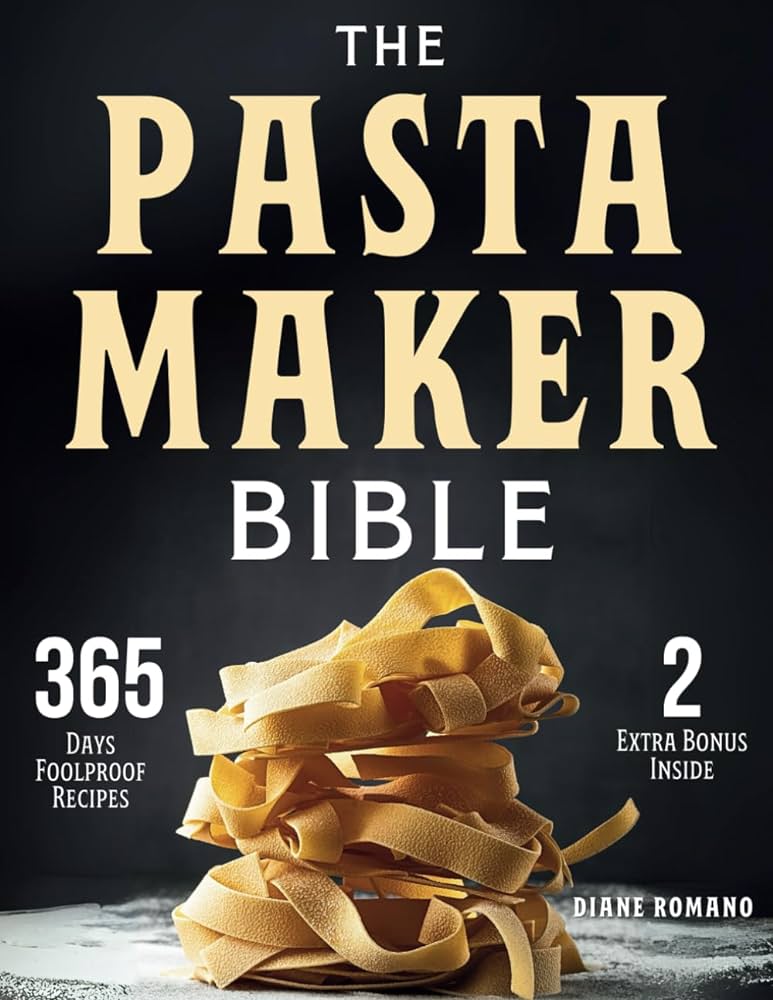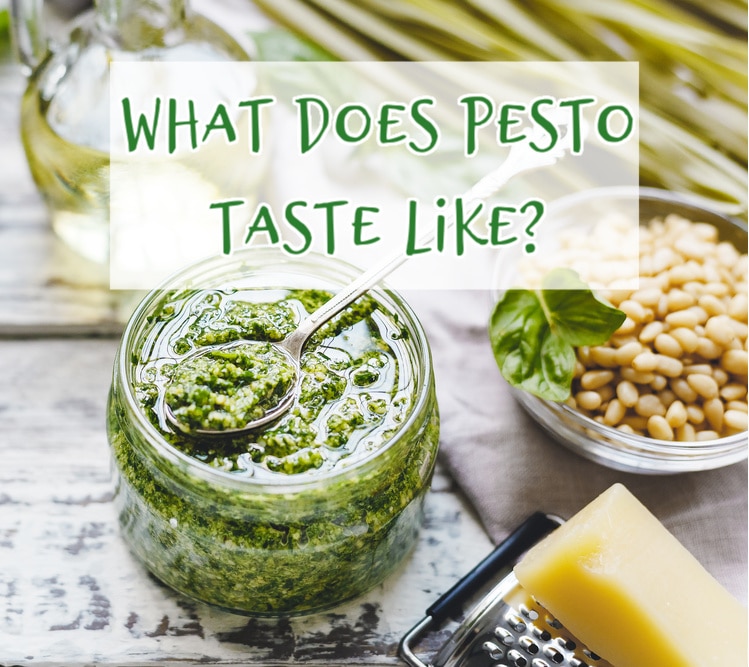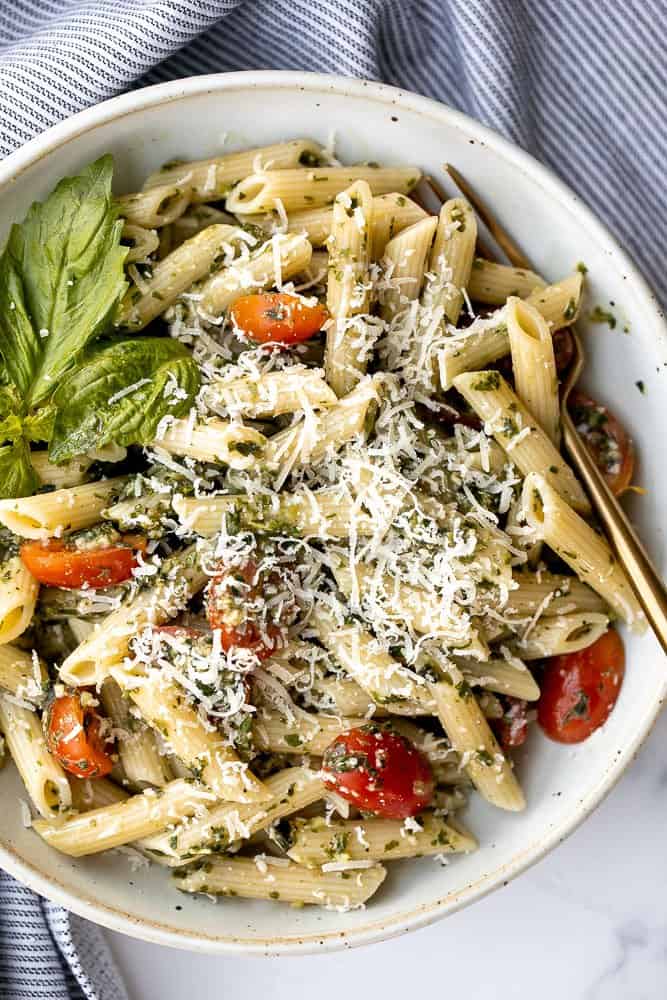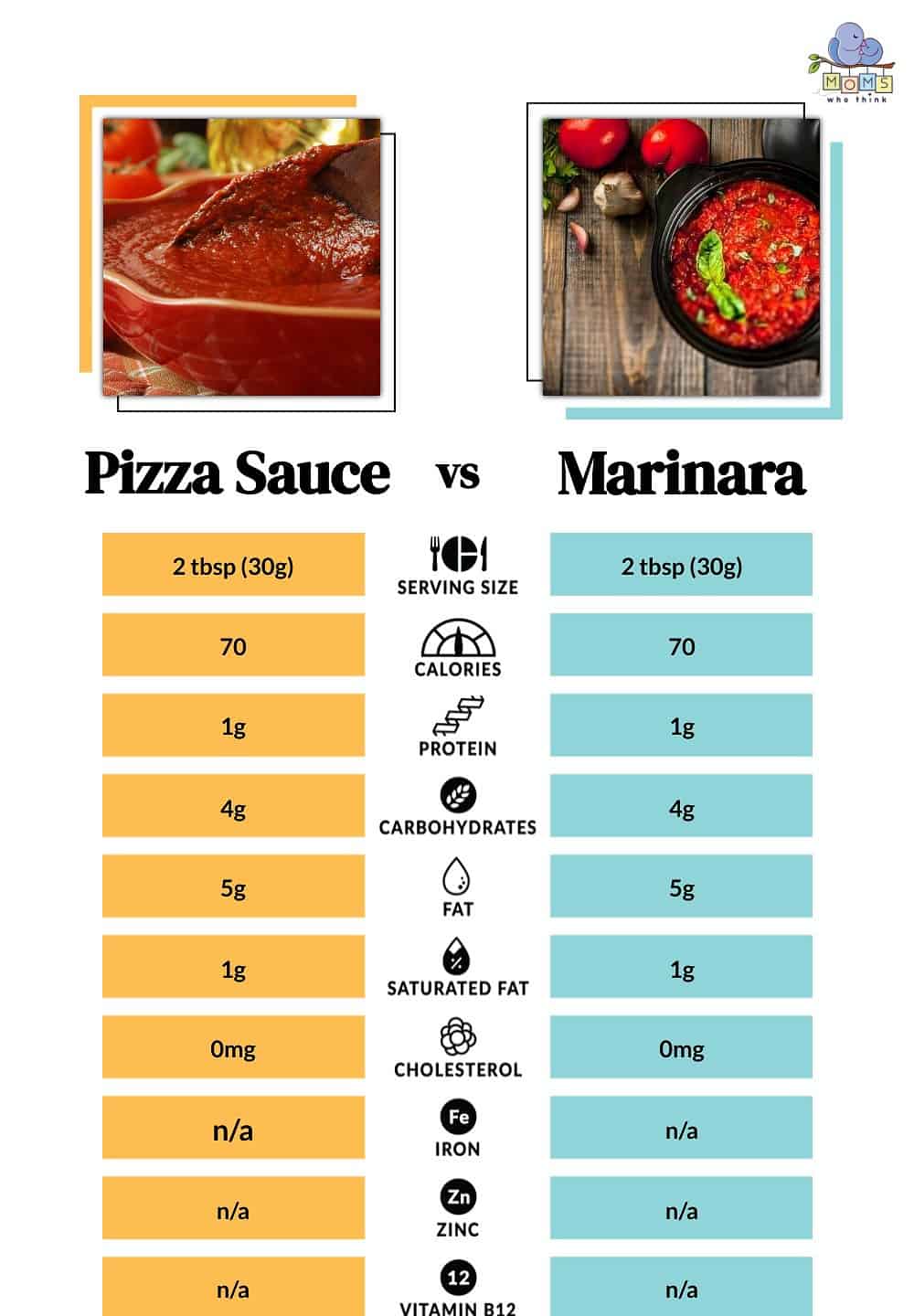Basil on Pizza: Exploring Unique Flavors and Pairings
– Basil is one of the most popular herbs used in Italian dishes like pizza.
– Basil has health benefits and is a good source of vitamins A and C. It also has anti-inflammatory properties.
– Ingredients for basil margarita pizza include thin crust, tomato sauce, mozzarella, tomatoes, oregano, and basil. Optional toppings can include arugula and prosciutto.
– The pizza should be baked in the oven for 15 minutes until the crust is golden brown and the cheese is bubbling.
– Adding basil to pizza helps keep it fresh and prevents it from becoming soggy or shriveled.
– Basil adds a fragrant aroma and intense flavor to the pizza.
– Fresh basil is recommended over dried basil, as it has a stronger flavor without overpowering other ingredients.
– Chiffonade basil and Thai basil are mentioned as alternative options for pizza toppings.
– When using basil on frozen pizza, fresh basil can be added to the sauce before baking or sprinkled on top before serving.
– Basil should be added right before serving to maintain its freshness.
– Drizzling fresh basil with olive oil can help preserve its appearance.
– Wilted basil should be avoided as it can lose flavor and color.
– Fresh basil should be added immediately after baking to prevent burning or oxidation.
– Dried basil can be added at any time, but it is best to add it right before the pizza goes into the oven.
– Adding basil to pizza can improve both the taste and appearance of the dish.

